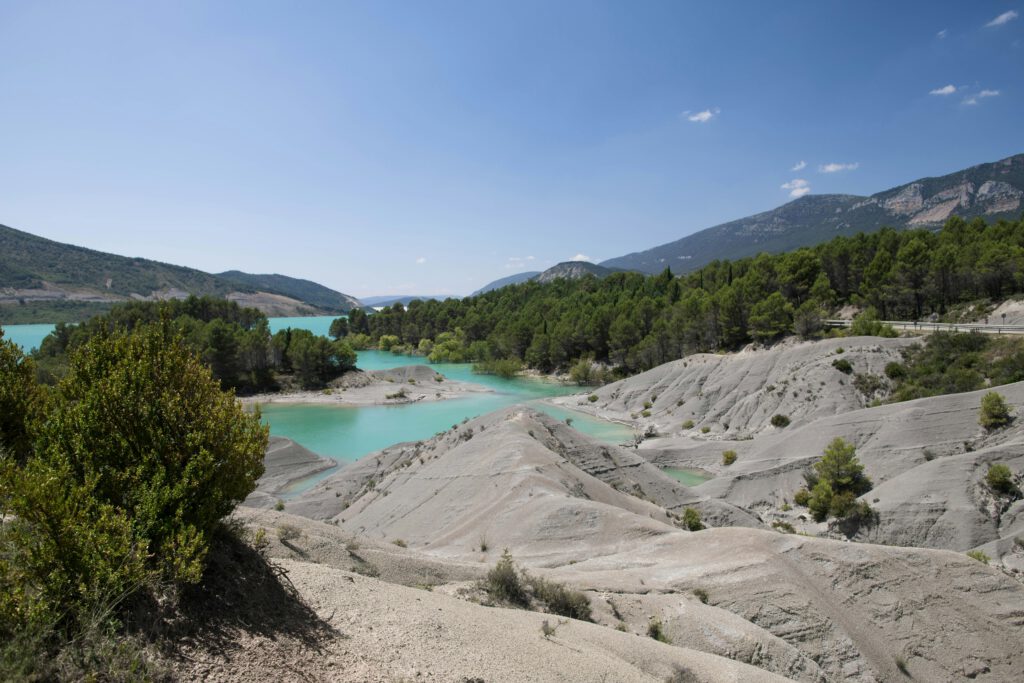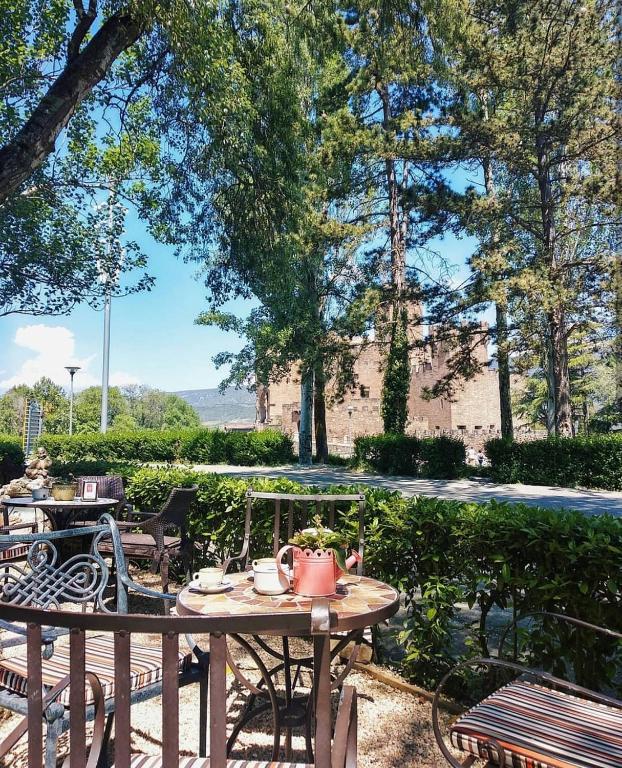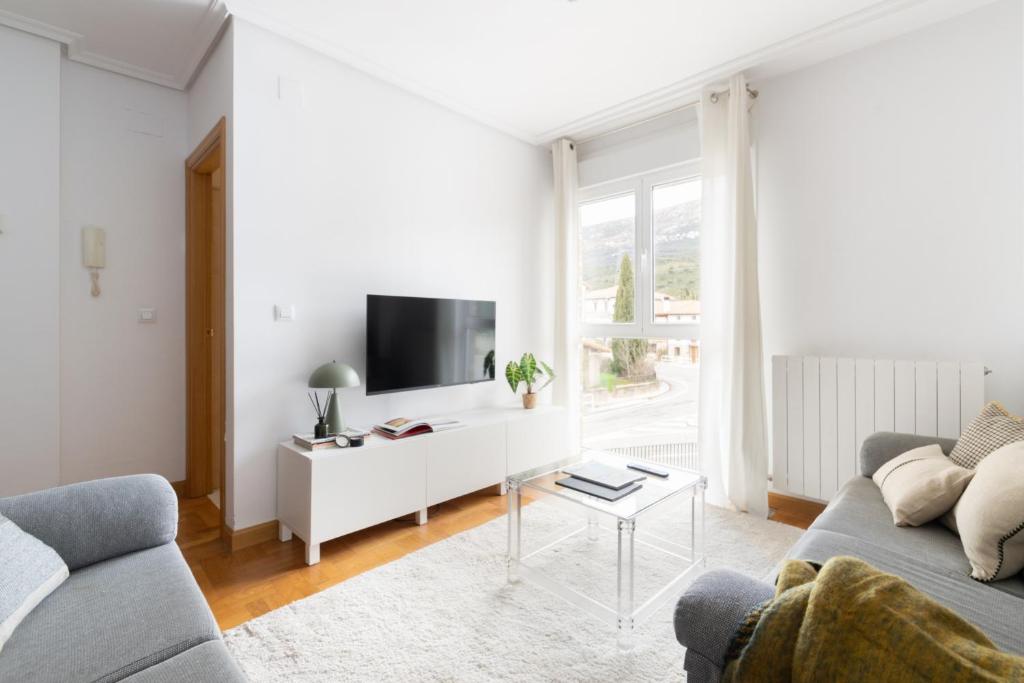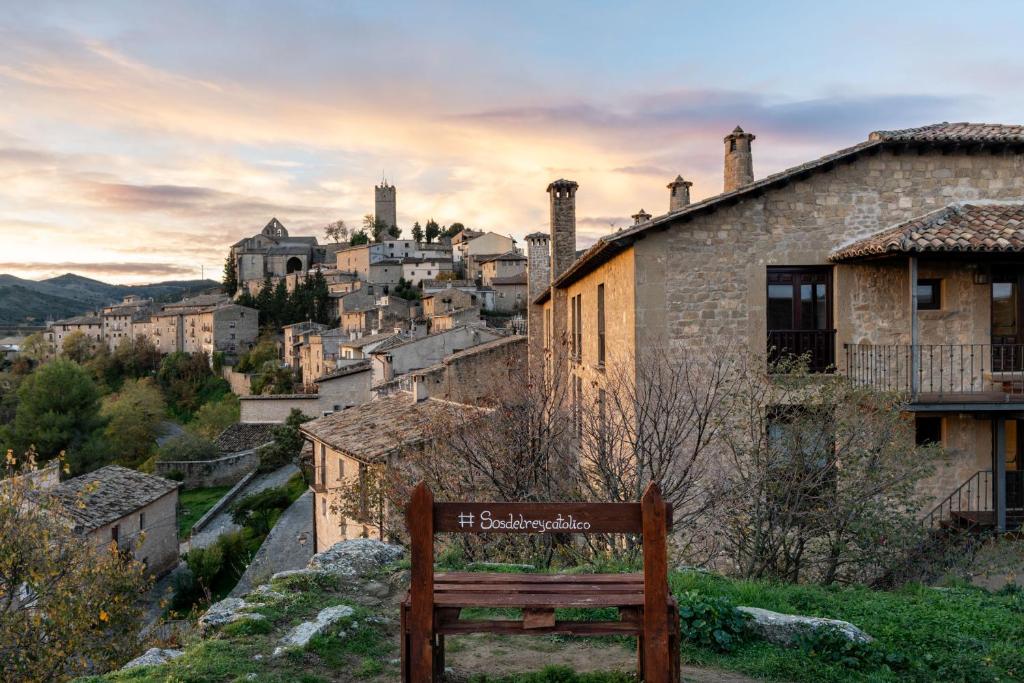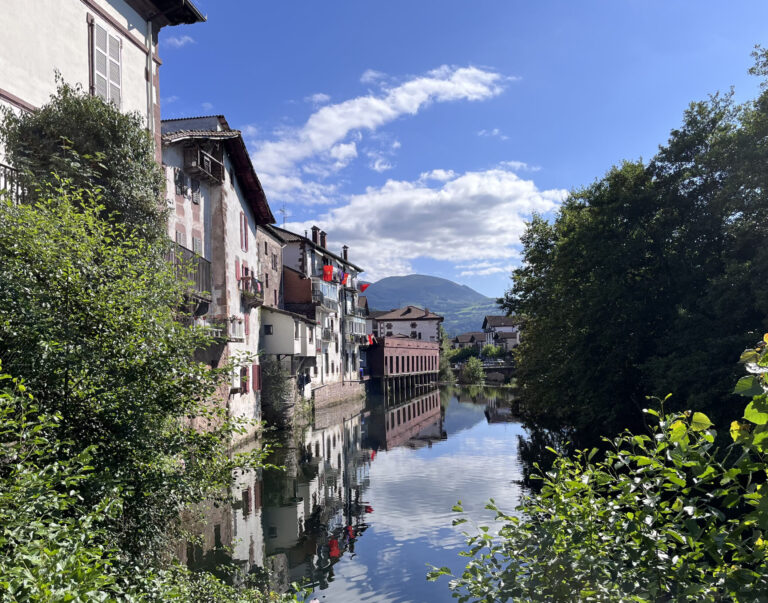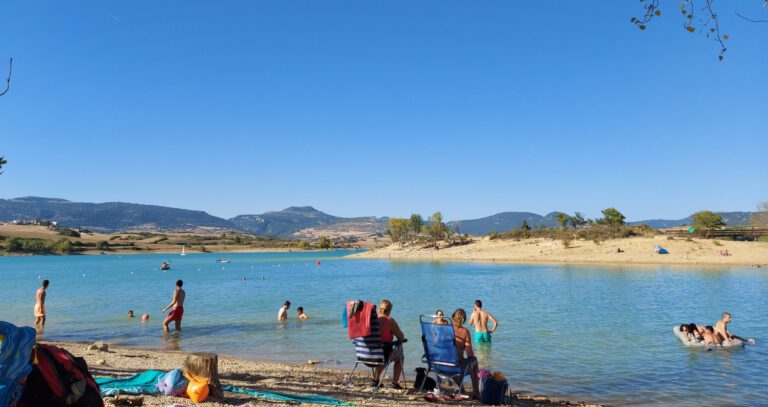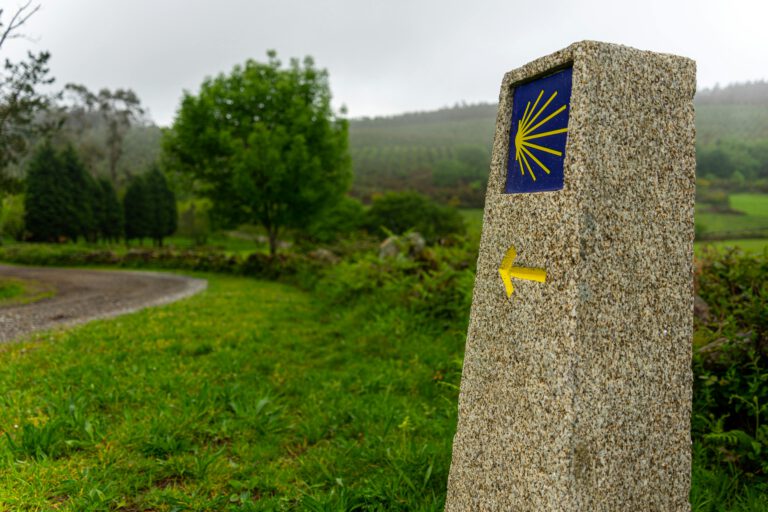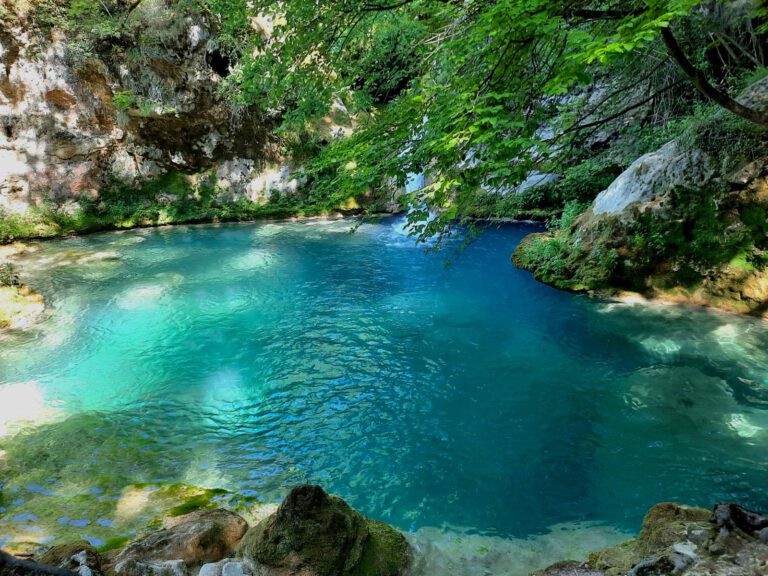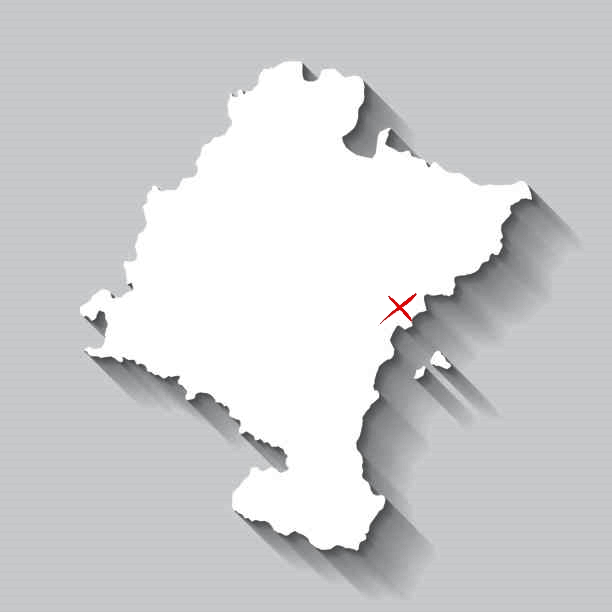The Castle of Javier is considered one of the most important castle-fortresses in Navarre. This castle is a great example of defensive architecture in Navarre. In 1994, it was declared a Cultural Heritage Site. Other beautiful castles in Navarre can be found in Olite and in Ujué.
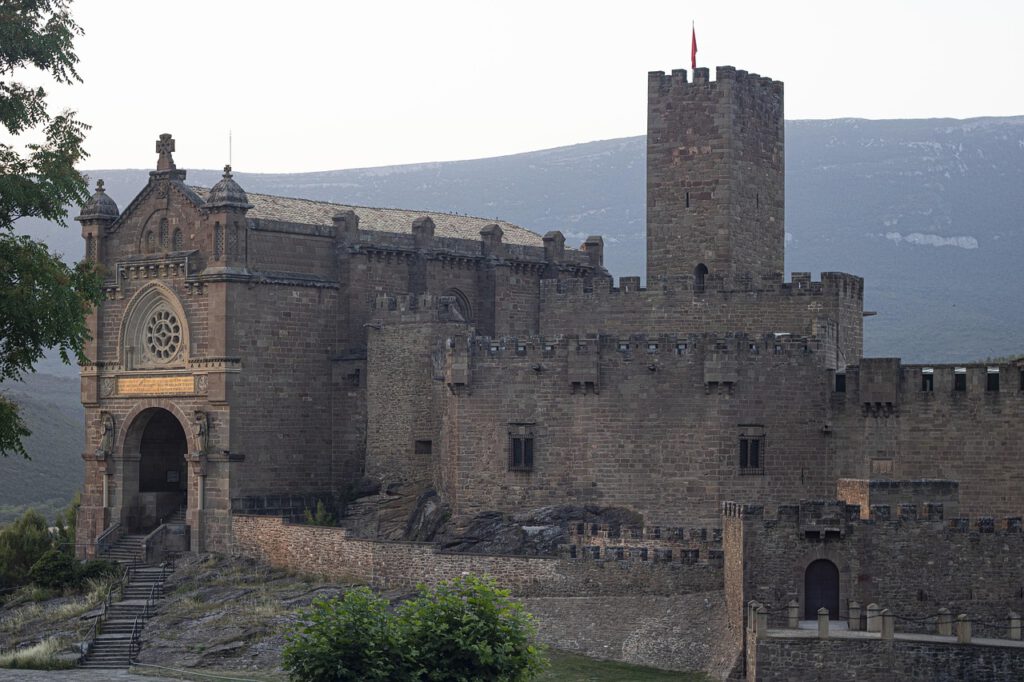
History
The construction of this castle, of Romanesque origin, started only with the tower Homenaje de San Miguel (the tallest tower of the castle) at the end of the 10th century. The castle is close to the border between Navarre and Aragon, which used to be two kingdoms (now they are provinces). Therefore, this castle had a strategic importance, which led to the construction of the rest of the castle. For years it served as defense from Navarre.
After the conquest of Navarre by the Kingdom of Castile, the castle got new owners. These were before the independence of the Kingdom of Navarre. For this reason Cardinal Cisneros, from Castile, ordered the complete demolition of the castle in 1516.
Nevertheless, this was only partially successful. Among other things, the entire wall surrounding the castle was demolished, the moat was filled in, and the drawbridge was torn down. In the 19th century, the Basilica of Javier was built on the left, where the Palacio Nuevo ("New Palace") once stood. In this Palacio Nuevo, San Francisco Javier was born. At the end of the 19th century, the castle was restored.
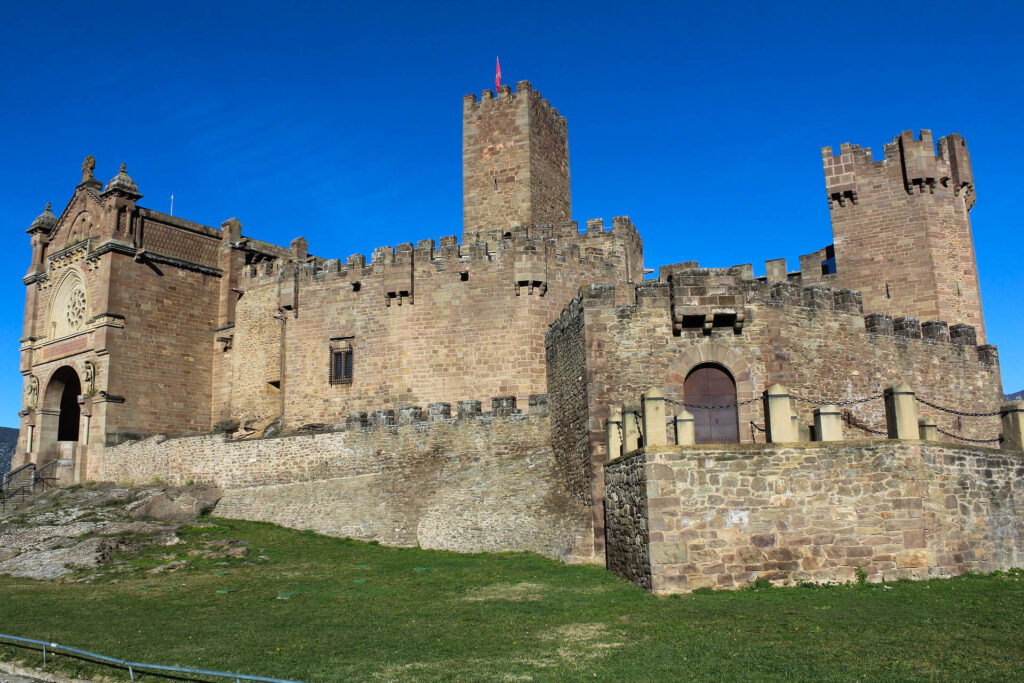
San Francisco Javier
In this castle, San Francisco Javier (“Saint Francis Xavier”) was born on April 7, 1506. He lived in the castle until he was 19 years old. Then he went to Paris to study. There he met Saint Ignatius of Loyola, and together they founded the Society of Jesus. Xavier became a missionary and visited many villages and cities in Africa and Asia until his death on December 3, 1552. In 1622, San Francisco Javier was canonized by Pope Gregory XV.
He was later appointed patron saint of Navarre, and to this day, he holds this title along with the first bishop of Pamplona, San Fermín (“Saint Fermin”). Since 1985, December 3rd, the day of his death, has been Navarra Day.
Activities in Javier and surroundings
The castle of Javier can be visited from the inside with a guided tour or on your own. During a visit to the castle you can see the different rooms such as the main room, which was a place of reception, or the bedroom of San Francisco Javier.
There is also a museum inside with objects from the old castle and three-dimensional exhibits about the life of San Francisco Javier. To book, click here. There is also the option to visit the castle virtual .
Since the prayers to San Francisco Javier helped overcome a cholera epidemic in Navarre in 1886, annual pilgrimages are held by thousands of people from all over Navarre. These are usually held on the first two weekends of March and are also known as Javieradas.
Monasterio de Leyre
Next to the impressive Javier Castle is the Monasterio de Leyre (“Monastery of Leyre”) definitely worth a visit. The monastery has existed since the 9th century, making it one of the oldest monasteries in Europe. It is a peaceful, spiritual place with a rich history. You can visit the monastery with a guided tour (in Spanish), but you can also look around independently. For more information, click here .
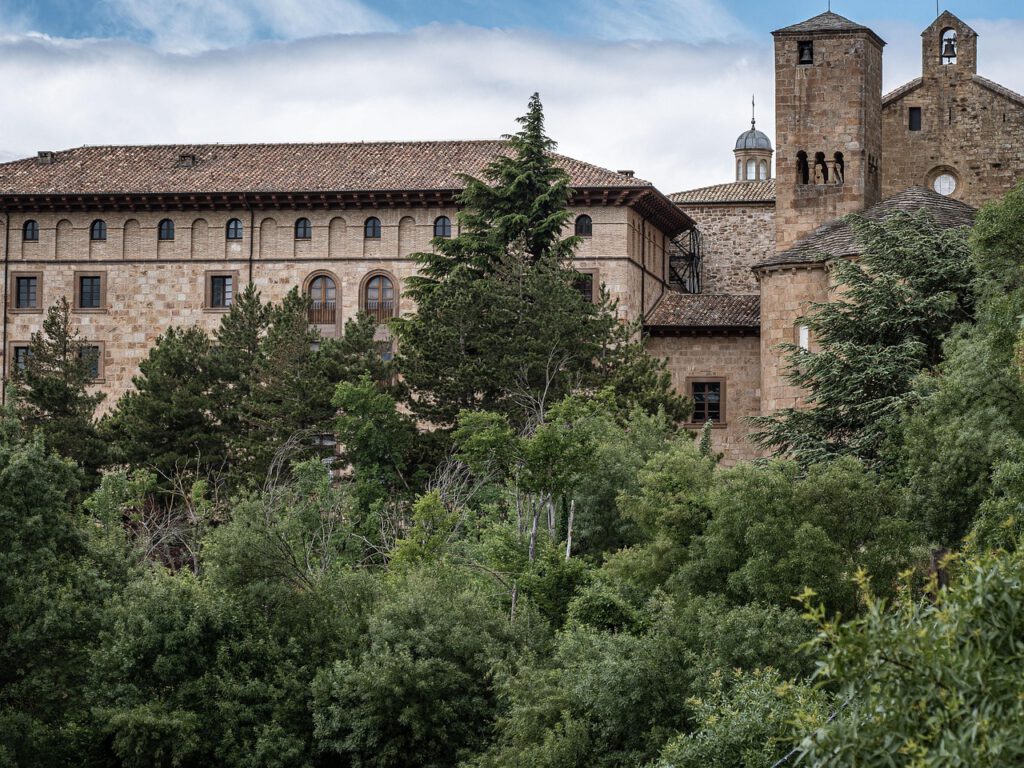
The monastery is still inhabited by Benedictine monks and offers a stunning view of the turquoise Embalse de Yesa (“Yesa Reservoir”). For those seeking a unique overnight stay, the monastery also offers accommodation*. It is a great place for those who wish to stay in a historic and peaceful building. *Currently, overnight stays are not possible due to renovation.
